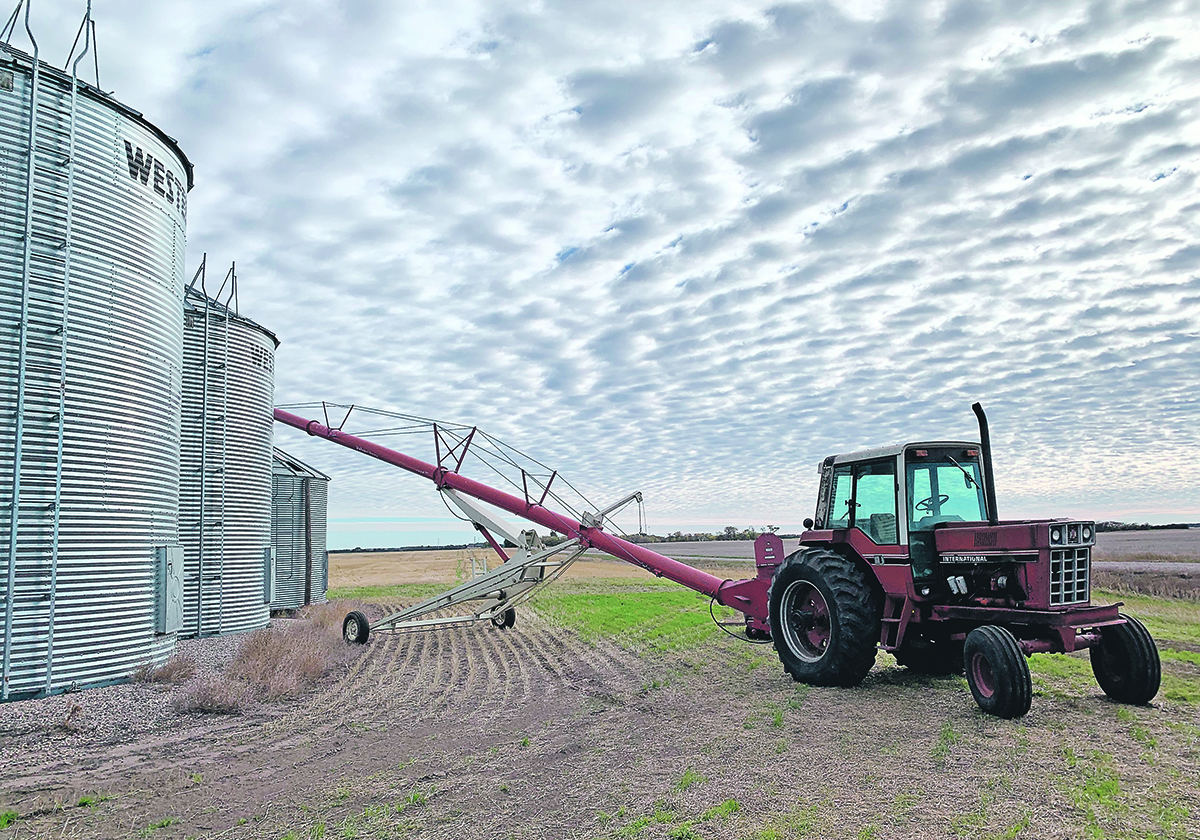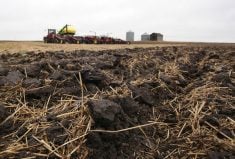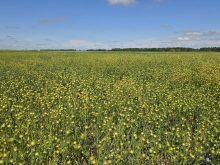WINNIPEG — It seems like a long time ago, but 2023 was a great year for Canadian farmers.
Statistics Canada data on farm operating revenues and expenses released Dec. 6 shows that total operating revenues were $117 billion in 2023, up from $108 billion in 2022 and $97 billion in 2021.
Breaking that down by categories, grain and oilseed producers posted record revenues of $39.8 billion last year. That’s $3.5 billion more than 2022 and up $11 billion from 2020.
Read Also

Short rapeseed crop may put China in a bind
Industry thinks China’s rapeseed crop is way smaller than the official government estimate. The country’s canola imports will also be down, so there will be a lot of unmet demand.
When it comes to individual crops:
- Revenues from wheat were $11.8 billion, compared to $10 billion in 2022 and $8.1 billion in 2020. (The year 2021 is omitted because of severe drought on the Prairies.)
- Canola revenues in 2023 were $13 billion, up from $12 billion in 2022 and $9.6 billion in 2020.
- Potato growers also saw a significant gain, with revenues rising to $2.2 billion in 2023. That’s $700 million more than 2020.
Last year was also positive for cattle producers. Revenues from cattle topped $20 billion in 2023, thanks to strong prices. In comparison, cattle production on Canadian farms generated $17.5 billion in revenue in 2022 and $15.5 billion in 2021
Revenue is one thing, but the cost of growing crops and raising livestock has exploded. It’s not exactly news, but the numbers are eye-popping.
In 2020, the operating expenses of growing crops, such as fertilizer, seed and pesticides, were about $14 billion in Canada.
By 2023, that figure was $19.5 billion, a 40 per cent increase in three years.
Fertilizer represented a good chunk of that increase:
- From 2019 to 2020, farmers spent $6.1 to $6.8 billion on fertilizer annually.
- In 2022 and 2023, they spent more than $10 billion on fertilizer.
Statistics Canada tracks the net market income and net program payments to arrive at the net operating income for Canadian farmers.
From 2021 to 2023, the net operating income has been consistently around $20 to 22 billion.
That profitability is likely to decline in 2024 because prices for grain and oilseed were weaker this year. As well, Prairie canola yields were below average.
















